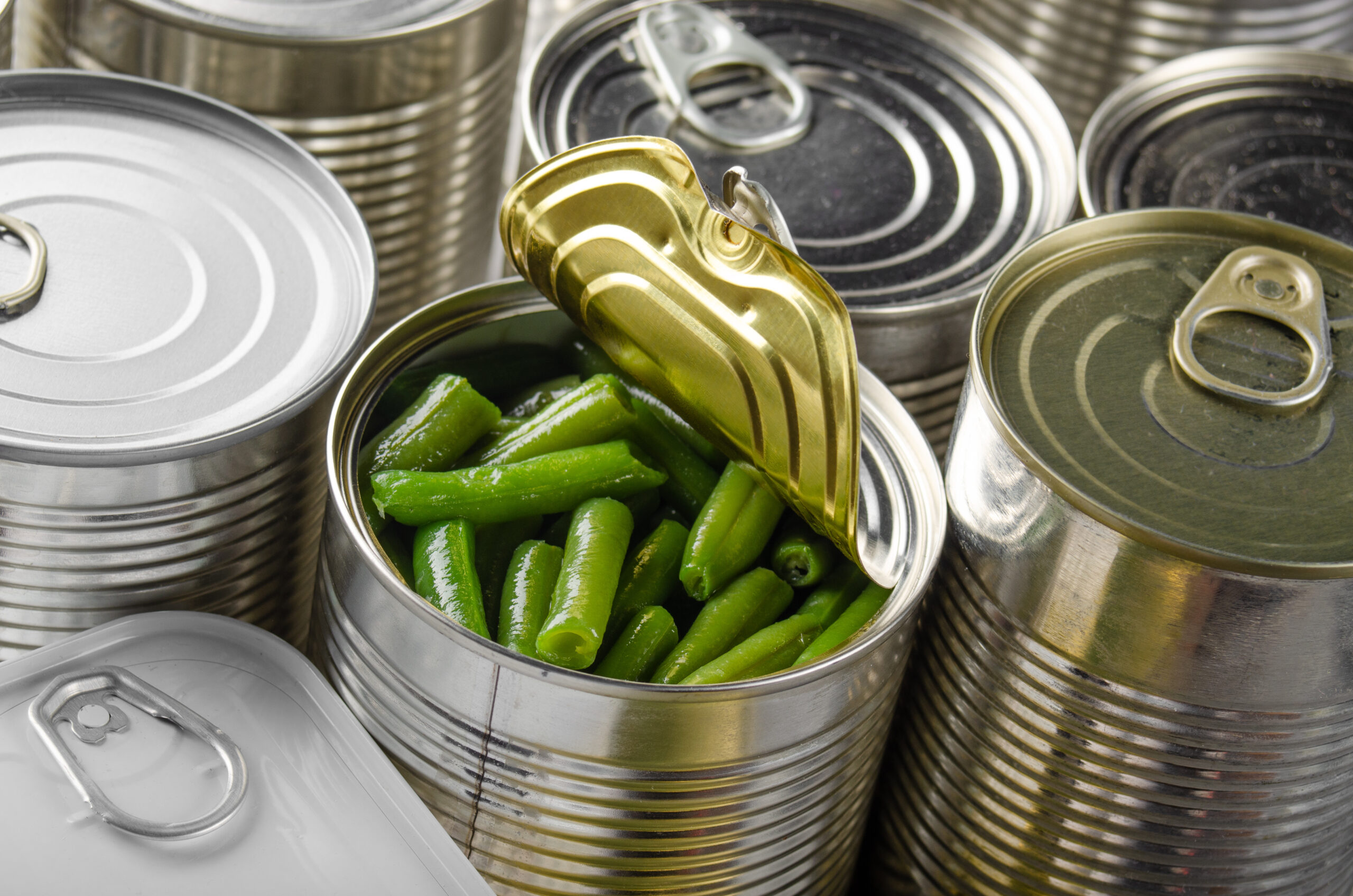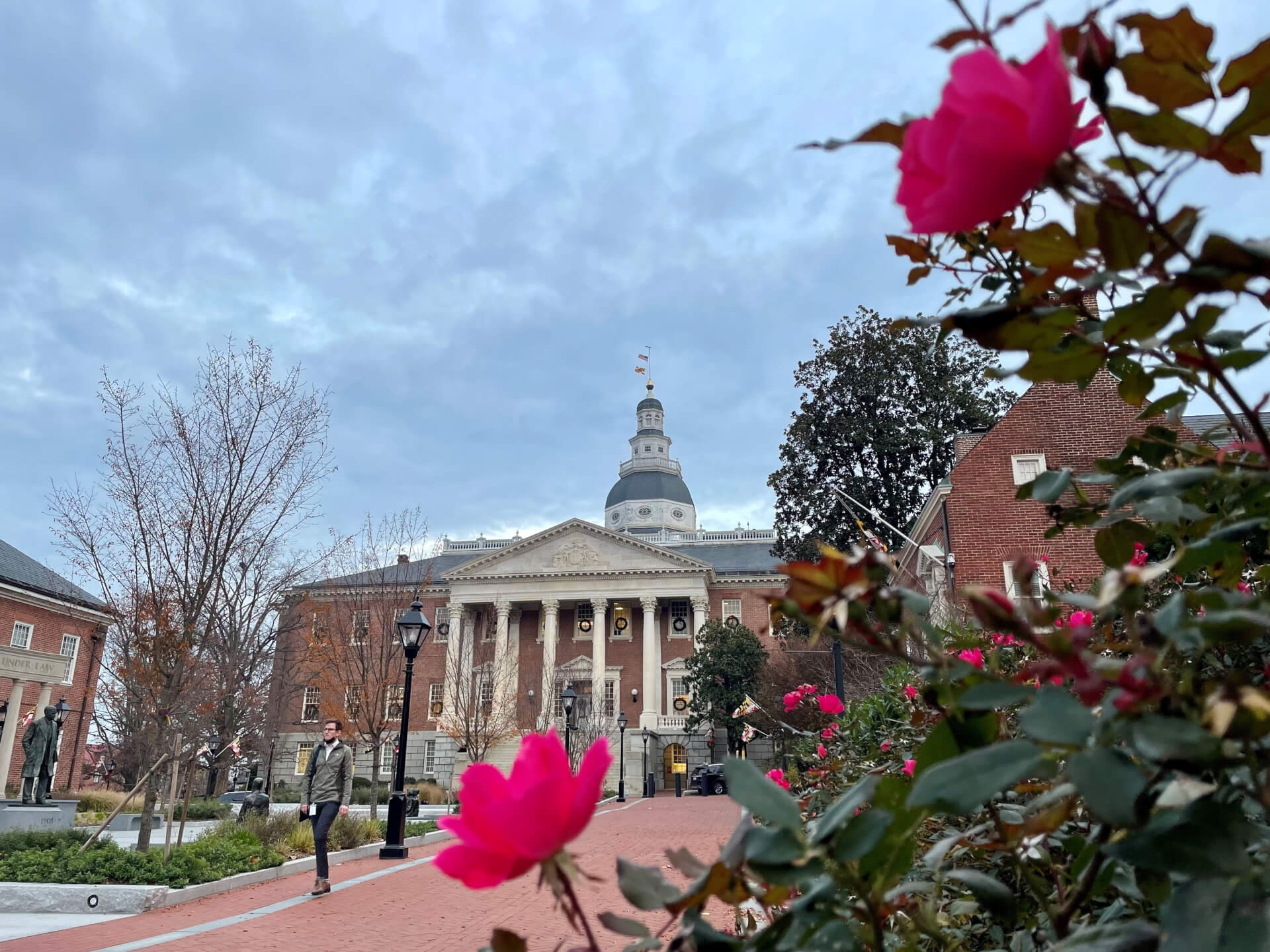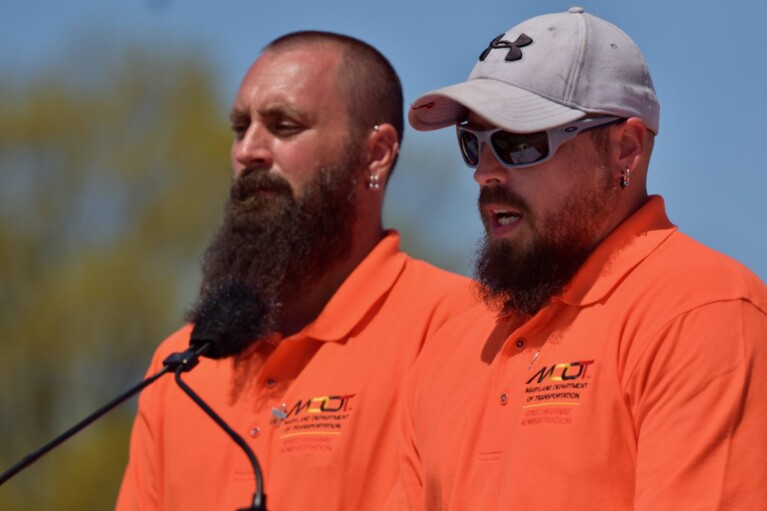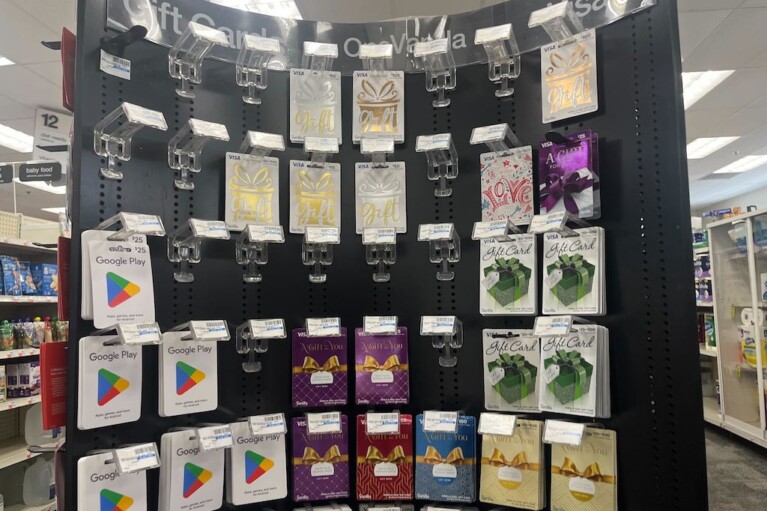Commentary: Supporting food assistance organizations is critical to Maryland’s success

By Anne Wallerstedt and Daniel Sturm
The writers are Maryland Food Bank’s senior director of government relations and vice president of learning, measurement and evaluation, respectively.
The Maryland Food Bank, like many service-focused nonprofits at the moment, is at a crossroads. Demand for food assistance has never been higher, save for the height of the COVID-19 pandemic, there is increased public awareness surrounding hunger, and Marylanders are facing unprecedented financial headwinds that they are not economically strong enough to weather alone. Expiring government programs such as the SNAP Emergency Allotments are being piled on top of inflation, rising costs, and continued pandemic recovery. These economic shocks directly impact the food security of Maryland families.
The Maryland Food Bank is — on paper — equipped to handle the significant continual and anticipated demand for food assistance, due to our operational and logistical expertise and longstanding relationships with local organizations who partner with us to distribute food. The bread and butter of our work is food distribution and assistance accessing food, including standing up numerous programs, supporting our partner network with grants, and offering SNAP outreach services.
At the same time, we recognize that solely providing food has not and will not solve hunger. We are unique in Maryland with our statewide lens and consequent approach to tackling food insecurity and the root causes of hunger. Beyond our ability to source nutritious food and produce for our entire service area, we merge a bird’s eye view of the need for food assistance across the state with targeted impacts of local communities and neighbor populations through our nearly 1,200 distribution points and partners.
We combine the voices and stories of our food-insecure neighbors with data analytics on our own food distribution as well as documented barriers to food security, such as government data related to SNAP or the affordability of food. We also recently launched an updated version of the Maryland Hunger Map, a resource available to the public that combines layers of data, such as geographic area, demographic information, and available community resources, with our program locations to visualize areas of unmet need. Identifying these “hunger hotspots” helps us respond to the hunger needs of communities and ensure that anyone else undertaking anti-hunger efforts, such as local governments, elected officials, or other advocates, can share in our baseline knowledge of what exists and where gaps might lie.
At this moment, however, the historic upward trajectory of demand for food assistance has outpaced our ability and capability to respond at the level that’s needed. We are facing challenges that make us feel like we’re walking uphill both ways. The end of pandemic-era programs, protections, and funding streams make clear that our current efforts are unsustainable and may not be enough to meet the needs of hungry Marylanders.
The 1 in 3 Marylanders and their families who are facing food insecurity haven’t caught a break in many years. Recovery from the COVID-19 pandemic has been slow and ongoing, more acutely so for our neighbors of color. In its most recent Map the Meal Gap Study, the group Feeding America reported that Maryland food insecurity rates are more than three times as high for Black individuals compared to white individuals. Additionally, the more recent inflation and rising costs on goods and necessities continue to hamper those at the lowest income levels. Roughly 27% of Maryland families whose household income falls below $35,000 report being food insufficient, while more than 1 in 3 Marylanders across all income groups are currently struggling to pay their bills. For Marylanders receiving SNAP assistance, that jumps significantly to 3 in 4 families who report financial hardship.
We have long recognized, and the pandemic solidified, that we are unable to do our work without the partnerships we’ve fostered with local and state governments. We’re especially grateful for Gov. Wes Moore’s administration, his agencies and department secretaries, and the Maryland General Assembly for “putting their money where their mouth is” and showing their commitment to leaving no Marylander behind. This undoubtedly includes those who are suffering from food insecurity, and we appreciate their continued support of our efforts to feed people, strengthen communities, and end hunger.
Sustaining food assistance organizations now and for years to come is critical to our success. Coordination and planning with other stakeholders in and outside of government are crucial for a strategic response to ending hunger. The need is great, and you can trust that the Maryland Food Bank will be responding.




 Creative Commons Attribution
Creative Commons Attribution